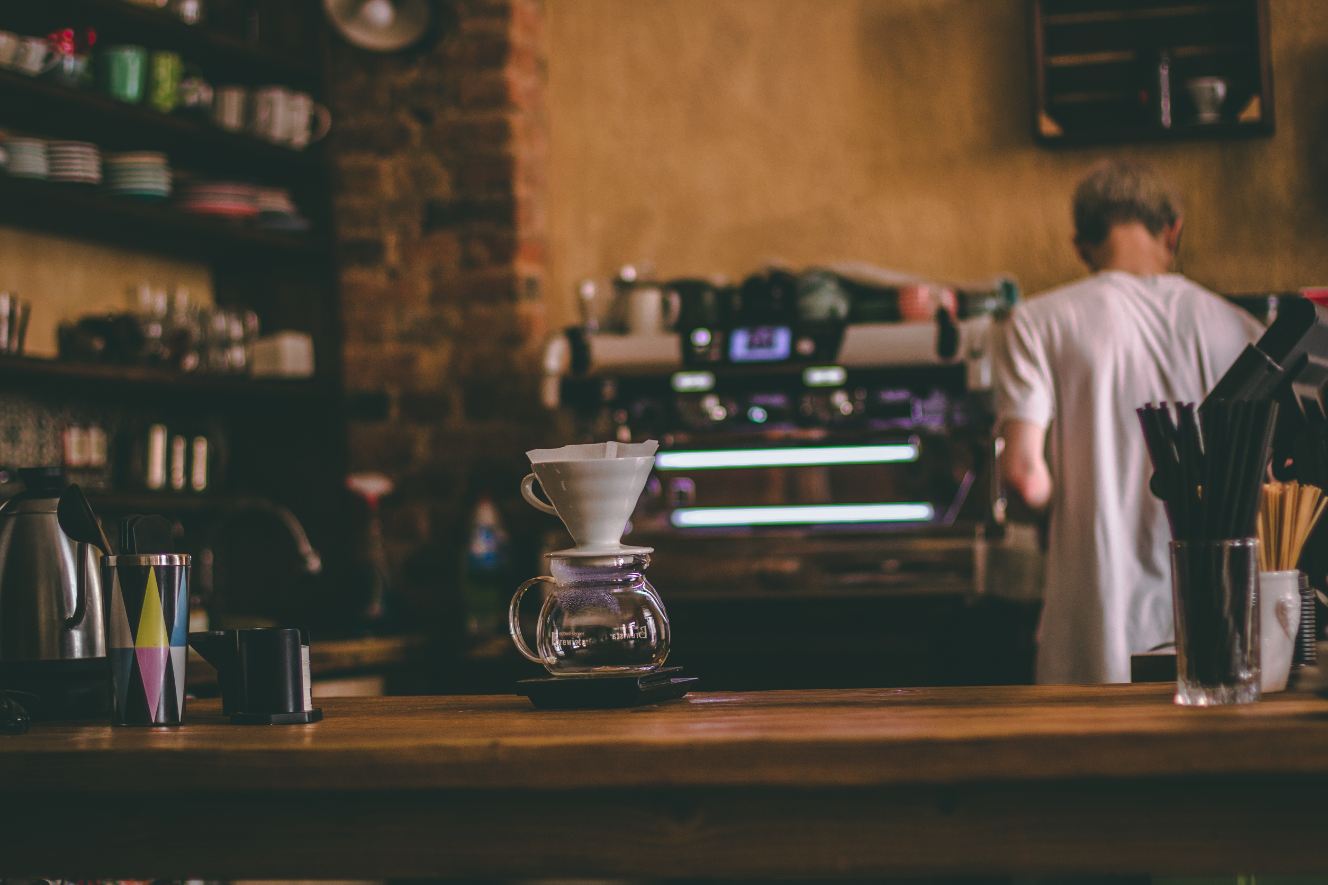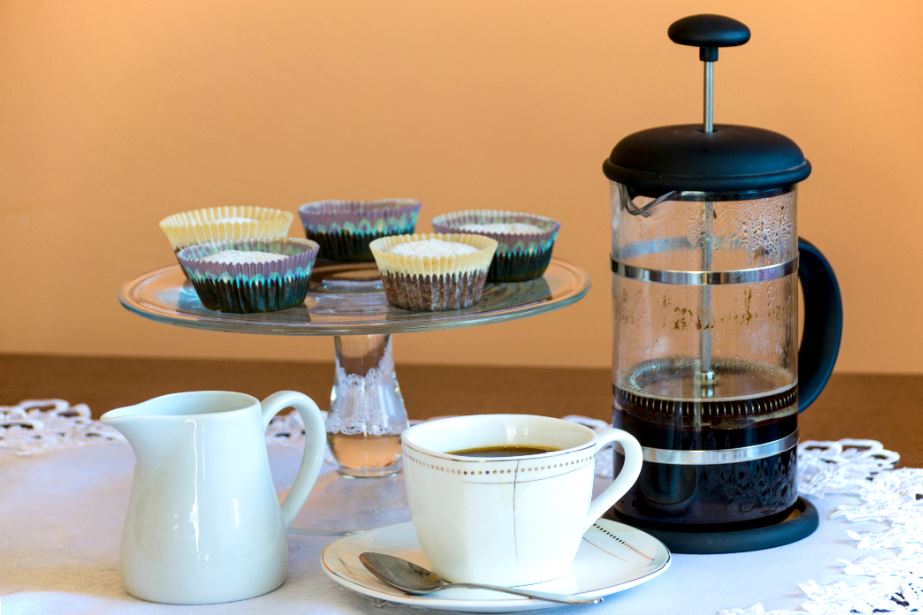
Emerging Coffee Trends Going To Change Coffee Business
- Khadija Sheikh
- 0 Comment
- Coffee Makers
- 6 minutes read
I don’t need to tell you that 2020 has been a crazy year for the coffee industry. But as things start to recover, it’s time to take stock and understand where the industry is going in the next five years. Let me take you through the top three key trends to look out for if you’re to be sustainable in the near future.
Things to Cover
- What kind of machines that we should be buying for cafes
- People love in a roast inside their coffee
- How to roast coffee
A very well researched research, the report found that there are three key trends that are going to influence cafes or coffee shop sustainability in the immediate future, moving towards 2025. And they are;
- AUTOMATION
- CUISINE
- FAST & SLOW COFFEE
1. AUTOMATION
So let’s talk about automation first, automation refers to quite literally anything that happens in a cafe or restaurant that could be done by machine. Experts believe that the future of coffee
is going to be barista that knows more about their craft and has a higher degree of interaction with the customer.
In other words, it’s going to become more of a hospitality-focused role than a machine jockey type role. Moreover, we are already seeing this happening with the technologies within the last five years. Puqpress or the Ubermilk are great examples of these. Automated compression of coffee grounds into a Portafilter or automatic generation of steamed milk.
I think a lot of people are gonna be implementing machines that combine all of these things into one. We already have two or three machines in the industry. they’ve been brought out in the last
two years even that can do this. And a couple of great examples of the Eversys Cameo and the Scanomat Topbrewer.
Is this the kind of technology that’s going to be in cafes and restaurants across the next five years? the answer is YES. That is either as their primary serving technology or the primary machine that they use to serve coffee or as a secondary machine to serve fast coffee. It has obviously the third term we’ve talked about.
Why Now
One of the questions here is why now for automation? if some of these technologies exist already, why aren’t they selling like hotcakes? Why aren’t they everywhere?
Well, I think there are a couple of reasons for this, and the biggest one is why I do think this is going to take off in the next five years and that has largely do with the fact that cafes and restaurants are finding it more and more difficult to retain staff in their cafe.
Over 45% of respondents in a survey explored did one of the biggest fears and insecurities that cafe owners have in their businesses are retaining and training new staff. Most baristas, by the time they’re really, really good tend to move on.
In other words, introducing automated systems means you can get coffee of consistently good quality regardless of the person that you actually have behind the machine. Now that doesn’t mean the person behind the machine isn’t still important. The barista arguably will become even more important in the future and not just in a way of tasting coffee to make sure it’s tasting the way that it should be.
He would not only make changes on the machine but also to be able to communicate tastes and craft to the person that’s coming in to buy the coffee. Relationship with customers has never been more important.
2. CRAFT & CUISINE
One of the things we’ve identified in the last five years is that we’ve actually reached peak coffee in Australia. So the per capita growth of kilos
of coffee consumed per year. It’s quite literally flatlined, and in fact, for the last two years, it’s completely flat-lined or even gone down.
However, a graph shows an increase in the revenue brought in by the cafe and coffee shop industry. So what does this mean? Where is that, where is that revenue coming from? Well, it’s FOOD, and for a number of years most savvy operators have understood this and they’ve increased and bolstered their food offerings to run a more successful business.
So that’s why I think craft and cuisine are especially important across the next five years. So with the increasing focus on food, one might start naturally thinking about how to increase their service offerings. So a business model that might traditionally have been a breakfast and lunch service entering into evening service.
So you might do breakfast, lunches, and dinner, and then you start to think. Well, maybe this is both a coffee and a food service running all day. Maybe we’re now a restaurant, not a cafe. So I think in the future we’re going to start to see a sort of blurring of the lines, if you will, between cafes and restaurants.
Not sure the names will necessarily change, but effectively the function will be very, very similar.
3. FAST & SLOW COFFEE
Fast coffee refers to a person literally grabbing and going. The 7-11 one-dollar coffee model is a good example of this. But there are other ways that it can be utilized.
Whereas, slow coffee refers to quite literally the sit-down experience. You know, we want to be cocooned from the outside world. We’re going to sit down and relax. We want to enjoy what we want to socialize. It’s kind of the traditional coffee shop coffee house. It’s existed for many years. It’s a fantastic place to hang out.
What should I be doing in my business? Well, I guess the answer is it depends, but for sure you need you to be doing
one or the other or both very, very well. You cannot be stuck in the middle somewhere and keep it nebulous that you do sort of a slow, you know, you do a fast-ish coffee and it’s an okay place to hang.
We suspect you may be in a bit of danger there, but you can if your space facilitates it and your market clearly seems like. There are many places where this could happen, you could do both.
So you could have a lightning-fast espresso window and an amazing customer experience that has great couches and
places where people can hang and can connect. It has an exceptional food offering. You can definitely do both.
There is great potential to be able to do that. And I think actually some of the better cafes probably will do both. So that’s a taste of what we found in cafe 2025. But we’d be very interested to hear what you think is going to be a big
trend in the next five years. What you think is going to happen and what cafes and restaurants and coffee shops might look like in the near future.
Khadija Sheikh
Meet Khadija Sheikh, an avid kitchen specialist with a passion for exploring innovative kitchen gadgets, cooking tools, and remodeling tips. Her culinary journey is an artistry of flavors, where she uniquely combines her love for kitchen intricacies with a special focus on crafting meticulous step-by-step recipes. As a dedicated writer, Khadija not only unveils the secrets behind delightful dishes but also transforms kitchens into creative spaces. Join her a flavorful adventure, where every recipe becomes a narrative, and every kitchen tool tells a story.

